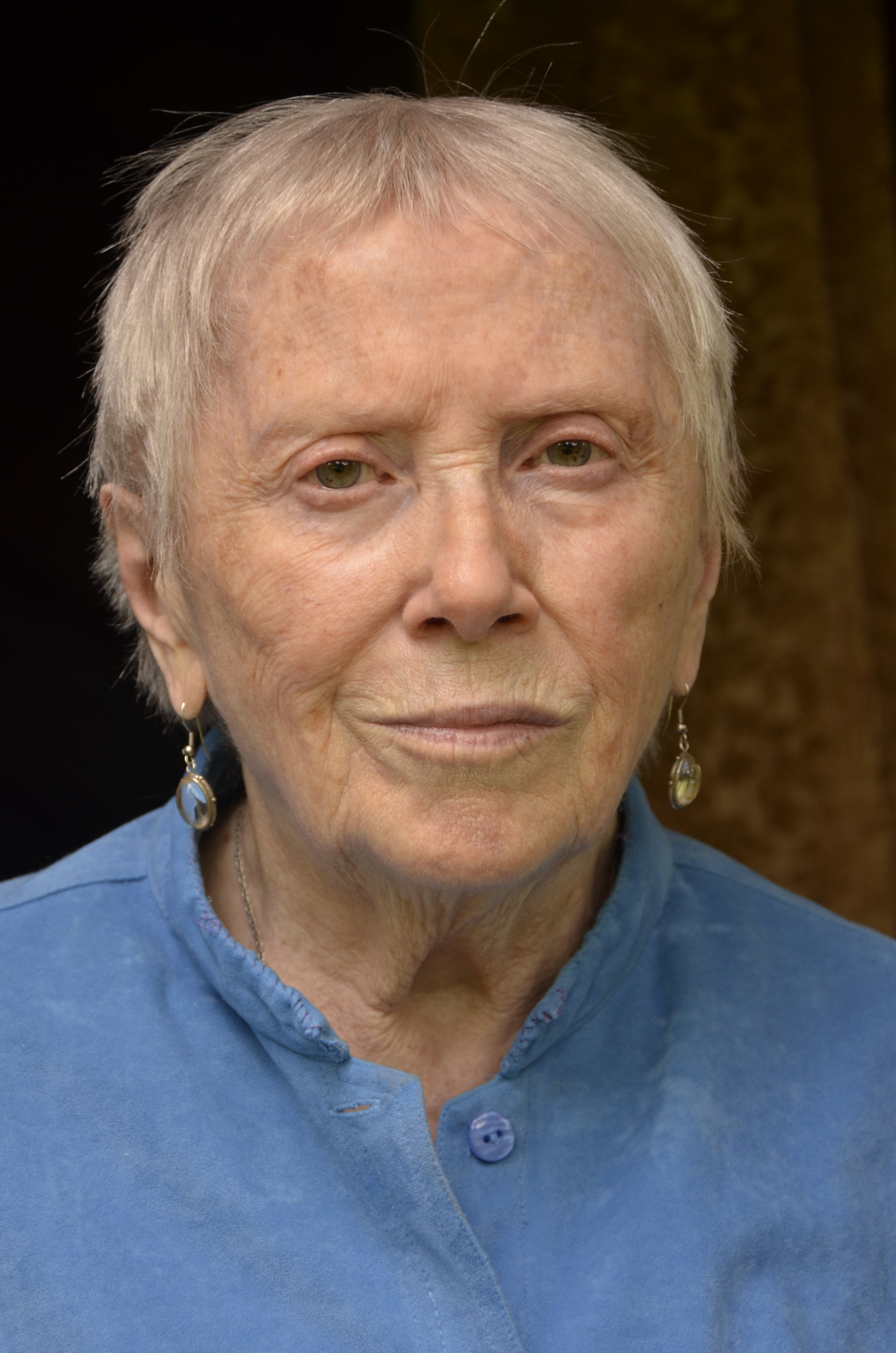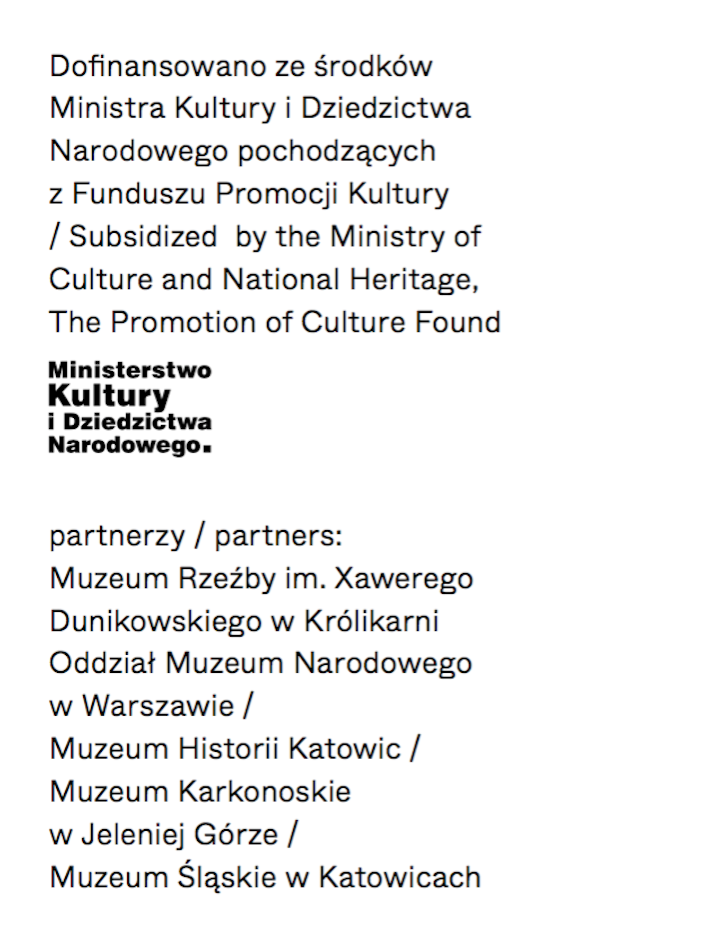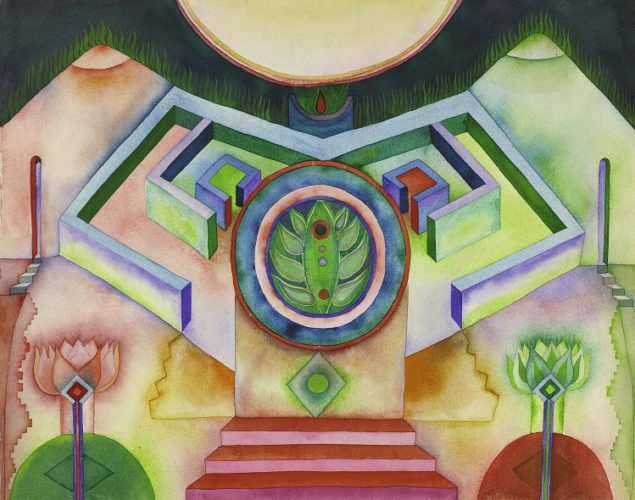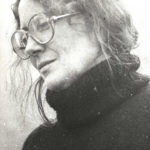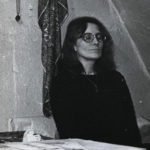Urszula Broll. Atman Means Breath
23/06/2020 – 27/09/2020
The Xawery Dunikowski Museum of Sculpture at Królikarnia Palace
Division of the National Museum in Warsaw
The retrospective exhibition at Królikarnia Palace is designed as a long story encompassing many decades of life and creative activity of a great and important, yet a bit unfairly forgotten, artist. Urszula Broll, born in Katowice in 1930, started her artistic career in difficult postwar period. Despite many obstacles, she was one of few women who actively participated in the postwar vanguard movement, also known as Katowice Underground. The turning point in her painting could be observed in the sixties when she started her meditative pictures. The new attitude towards the creative process was cutting edge and was far from the expectations of the party authorities. Neither was it close to the neo-vanguard of that time. The artist was exploring totally new territory. She painted mandalas which a priori were not designed to be watched. They expressed what was going on in the artist’s inner world. She made an attempt to give form to apparently inexpressible phenomena.
The Atman appeared in her works in 1967 and it had much to do with the activity of Oneiron, the group established by the artists from Katowice. Their most important work was called Lexicon (The Encyclopedia of Symbols). It consisted of 30 sheets of black cartridge paper and each of them was ascribed to a letter from the Polish alphabet. The particular pages of the Lexicon, later called the Black Cards (also known as: New Unpretentious Holy Scripture in Pictures or New Unpretentious Chaos in Illustrations) were collectively created by members of the group. It took two years to accomplish the work. Each card was induced by a specific headword: Atman, Pain, Cefalus, Tree … and the artists referred to it by developing the inscription or drawing, according to a defined agenda. The method they employed resembled the games of the surrealists, the sequence was established by drawing lots. The only limitation they had was the set of colours: black, white and silver or golden which represented divine luminosity. The first square which was drawn by Urszula Broll started with the word Atman (“breath” in Sanskrit). It meant the element of life, achievement of full consciousness, allowing the utmost development of an individual and connection with divine atman, the breath of Brahma.
The studio in Piastowska street run by Urszula Broll and her husband Andrzej Urbanowicz turned into a specific lab of spiritual and artistic experiments. Philosophy, religion, magic and gnosis were discussed there. The artists were curious about the areas of culture which were simply blank spots in Polish cultural landscape. Urbanowicz was particularly fond of investigating western occult, esotericism and alchemy. Whereas Broll, who translated Jung’s texts, was discovering mysticism of India, philosophy of Zen and Tantra. The inspiring conversations concerning spirituality, reading matters and Far Eastern meditative practices were decisive for new works of Urszula Broll. In the eighties the artist left Katowice and moved to Przesieka, a small village in the heart of The Karkonosze, situated in the Czerwień, the Podgórna and the Myja Valley. She followed the Buddhist community that earlier had settled there in the Old Mill. She called her new setting, where life had its own, different pace, “a retrieved place”. The artist who is celebrating her ninetieth birthday still lives in Przesieka. There, in a small house situated on a hill, surrounded by the wild garden, she created her colourful meditative mandalas and black and white ink drawings. She meditated in nature. She also painted mountain landscapes, which reflected her “emotional states”. The artist has very special attitude to her works. They were created to help her know herself better. She managed to find balance in peace and silence.
Urszula Broll’s painting is definitely not utilitarian. It evolved towards practicing art as yoga, the artist used such expression to define it. Such practice is far from understanding art as creating an artistic object which functions as a product-fetish. Meditative art of Urszula Broll was an attempt to change her status as an artist. It helped her to get rid of artificial patterns of behaviour or rigid criteria but it possibly might have placed her on the margin of the mainstream of Polish art.
One needs awareness, open mind and a sort of spiritual partnership when approaching Urszula Broll’s pictures. The meaning of those intimate works seem to cross the material form. It makes one reconsider the relationship with nature and be open to the metaphysical aspect of reality. K. Sikora writes in her text for the catalogue to this exhibition that mandalas of Urszula Broll are nothing but contemporary tankas (a Tibetan religious painting on fabric) for westerners which evoke a kind of gentle longing. For people who experience attentive contact with Broll’s meditative painting, such matters as sex, history, affiliation to particular social groups, the path of artistic development or achievements, are meaningless. This what really matters is the authenticity of the experience.
The Katarzyna Kozyra Foundation is a partner and initiator of the exhibition project, as part of the “Discovering and Rediscovering Female Artists” programme. The research and development of the complete catalog of nearly 150 of the artist’s works, “Urszula Broll. Atman Means Breath” was made possible thanks to support of the Visual Arts 2019 program of the Ministry of Culture and National Heritage of Poland in cooperation with the Historical Museum of Katowice, the Silesian Museum, Katowice and the Karkonoskie Museum in Jelenia Góra.
Curatorial concept: Katarzyna Kucharska
Katarzyna Kozyra Foundation Coordinator: Janina Hobgarska
Królikarnia Curator: Agnieszka Tarasiuk
Exhibition Partner: Fundacja Katarzyny Kozyry
LOST TALKS PODCAST: URSZULA BROLL. ATMAN MEANS BREATH
The conversation about the opening of a retrospective exhibition of Urszula Broll’s painting Atman means Breath with the participation of Janina Hobgarska, Katarzyna Kozyra and Asia Tsisar. The exhibition was organized by the Katarzyna Kozyra Foundation in the Museum of sculpture in Królikarnia Palace.
Urszula Broll (1930-2020) was a graduate of the Katowice branch of the Cracow Academy of Fine Arts. She was a co-founder of the ST-53 group, strongly associated with the Polish Neo-avantgarde and the Krzywe Koło Gallery in Warsaw. In the 1950s she was inspired by the avant-garde work of Władysław Strzemiński and Piet Mondrian, her later work was influenced by the Buddhist and Zen philosphies. In 1967 she founded the Oneiron group together with Andrzej Urbanowicz, Henryk Wańko, Antoni Halor and Zygmunt Stuchlik. From 1983 she lived in a Buddhist colony in Przesieka near Jelenia Góra, Poland. Urszula Broll passed away in February 2020 when preparations for this exhibition were underway. On the 17th of March she would have turned 90.
